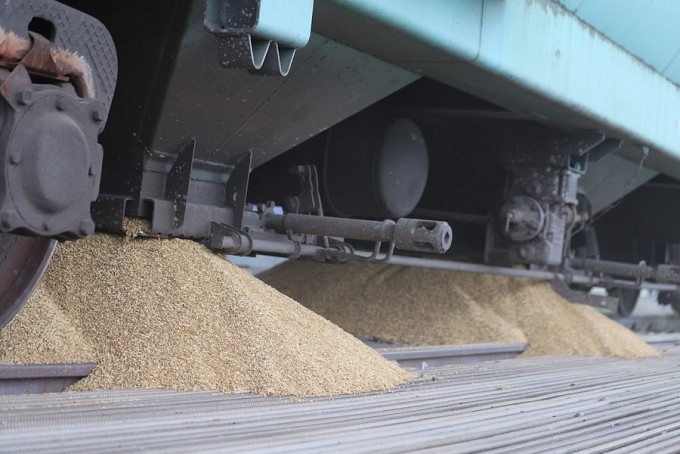
The actions of KTZ-Freight Transportation on the introduced restrictive measures were discussed on Tuesday at a meeting in the Majilis. As a representative of KTZ reported, the Russian SVO provoked a massive collapse on the railway of Kazakhstan. It was necessary to introduce a restriction on the introduction of foreign park in Kazakhstan. In the post-pandemic period, containerization to China began to develop. Shipments to this direction increased 5 times, the infrastructure could not cope with the influx, the stations are clogged, the APK News agency reports.
In February 2025, KTZ introduced a ban on the transportation of empty covered wagons from all stations in Kazakhstan destined for Kostanay until December 31, 2025. The acceptance of empty containers at stations in the northern regions is also prohibited until the end of the year. Market participants expressed their indignation: grain growers and millers "will suffer", since the main shipping stations are Kostanay and SKO.
Last Tuesday, the Chairman of the Board of the National Association of Exporters KazGrain Zeinolla Abdumanapov raised this issue with representatives of KTZ.
"Why is KTZ-Freight Transportation taking restrictive measures to accept containers in Kostanay and North Kazakhstan regions instead of increasing grain exports? Why are they taking restrictive measures?" he asked.
A representative of KTZ gave the following answer:
"As we know, after Russia introduced a special operation and changed geopolitics in general, the Russian fleet that ran between Russia and Ukraine rushed en masse to the territory of the Republic of Kazakhstan. This led to a massive collapse of the infrastructure two years ago. Accordingly, almost all junction stations and sections were clogged. We remember that almost all passenger trains going to regional centers and district centers were late. Accordingly, a restriction was introduced on the introduction of foreign fleet to the territory of the Republic of Kazakhstan."
According to him, in addition, container transportation has increased after the pandemic period. In general, containerization has begun to develop.
“The main direction for container transportation remains the same - China. Grain products have increased by almost 5 times during transportation to China and many of our elevators, including access roads, are currently not ready for this and infrastructure development on access roads is not carried out, accordingly, stations continue to be clogged. In this regard, a lot of work was done with all exporters, not only those processing, and the grain growers themselves, a mechanism was developed for attracting a particular park for a specific loading,” the KTZ representative also said.
The head of KazGrain, in turn, noted: today KTZ-GP manually coordinates GU12 plans in the domestic and export directions. What measures is KTZ taking to automate the coordination of plans so that there is equal access for all business entities?
Experimental piloting of automation has been underway for several months, KTZ reported.
“At the moment, the company is developing an automated infrastructure loading management system. This is a similar program that exists and was introduced in the Russian Federation – DMZI – a dynamic model of infrastructure loading. This program will, in fact, calculate, its experimental piloting has been underway for several months. It will calculate the possibility of accepting access roads, the possibility of passing through the infrastructure and the corresponding unloading at destination stations,” the KTZ representative noted.
In addition, according to him, literally a month ago a number of meetings were held and a whole roadmap was developed with rolling stock operators.
"The market shows, and the development of the country shows, that in the consolidation of operators it is necessary to develop rules of the game, which are currently being produced with all operators, and to launch on the network of Kazakhstan only wagons, rolling stock, which have valid expiration dates and its corresponding technical condition, in order to exclude expired wagons, wagons that are no longer subject to operation and which are extended in neighboring countries, such as Kyrgyzstan and the Republic of Uzbekistan. In general, today a lot of work, in addition to the development of infrastructure, is also being done in automation," the representative of KTZ concluded.